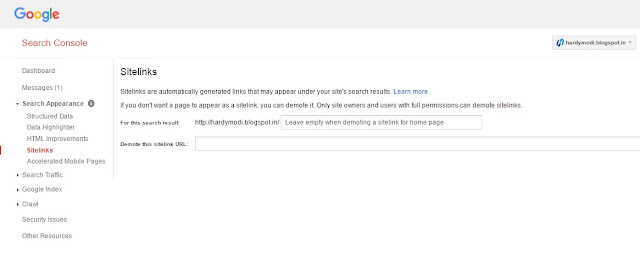You probably
already know that Google uses about 200 ranking factors in their
algorithm… & I already gives you the 10 Factors about the “Domain
Factors”.
Let’s again revise the main Factors which effects Google ranking:
Let’s again revise the main Factors which effects Google ranking:
·
Domain
Factors
·
Page-Level
Factors
·
Site-Level
Factors
· Back link Factors
·
User
Interaction
·
Social
Signals
·
Brand
Signals
·
On-Site
Web Spam Factors
·
Off
Page Web Spam Factors
Site-Level Factors
1. Content
Provides Value and Unique Insights:
Google has
stated that
they’re on the hunt for sites that don’t bring anything new or useful to the
table, especially thin affiliate sites.
2. Contact
Us Page:
The
aforementioned Google Quality Document states that they prefer sites with an
“appropriate amount of contact information”. Supposed bonus if your contact
information matches your whois info.
3. Domain
Trust/Trust Rank:
Site
trust — measured by how many links away your site is from highly-trusted seed
sites — is a massively important ranking factor. You can read more about Trust
Rank here.
4. Site
Architecture:
A
well put-together site architecture (especially a silo structure) helps Google
thematically organize your content.
5. Site
Updates:
How
often a site is updated — and especially when new content is added to the site
— is a site-wide freshness factor.
6. Number
of Pages:
The
number of pages a site has is a weak sign of authority. At the very least a
large site helps distinguish it from thin affiliate sites.
7. Presence
of Sitemap:
A
sitemap helps search engines index your pages easier and more thoroughly,
improving visibility.
8. Site
Uptime:
Lots
of downtime from site maintenance or server issues may hurt your ranking (and
can even result in DE indexing if not corrected).
9. Server
Location:
Server
location may influence where your site ranks in different geographical regions.
Especially important for Geo-specific searches.
10. SSL
Certificate:
11. Terms
of Service and Privacy Pages:
These
two pages help tell Google that a site is a trustworthy member of the internet.
12. Duplicate
Meta Information On-Site:
Duplicate
Meta information across your site may bring down all of your page’s visibility.
13. Breadcrumb
Navigation:
This
is a style of user-friendly site-architecture that helps users (and search
engines) know where they are on a site:
14. Mobile
Optimized:
Google’s
official stance on
mobile is to create a responsive site. It’s likely that responsive sites get an
edge in searches from a mobile device. In fact, they now add “Mobile friendly”
tags to
sites that display well on mobile devices. Google also started penalizing sites in Mobile search that
aren’t mobile friendly.
15. YouTube:
There’s
no doubt that YouTube videos are given preferential treatment in the SERPs
(probably because Google owns it):
16. Site
Usability:
A
site that’s difficult to use or to navigate can hurt ranking by reducing time
on site, pages viewed and bounce rate. This may be an independent algorithmic
factor gleaned from massive amounts of user data.
17. Use
of Google Analytics and Google Webmaster Tools:
Some
think that having these two programs installed on your site can improve your
page’s indexing. They may also directly influence rank by giving Google more
data to work with (i.e. more accurate bounce rate, whether or not you get
referral traffic from your backlinks etc.).
18. User
reviews/Site reputation:
A
site’s on review sites like Yelp.com and RipOffReport.com likely play an
important role in the algorithm. Google even posted a
rarely candid outline of their approach to user reviews after an
eyeglass site was caught ripping off customers in an effort to get back links.























